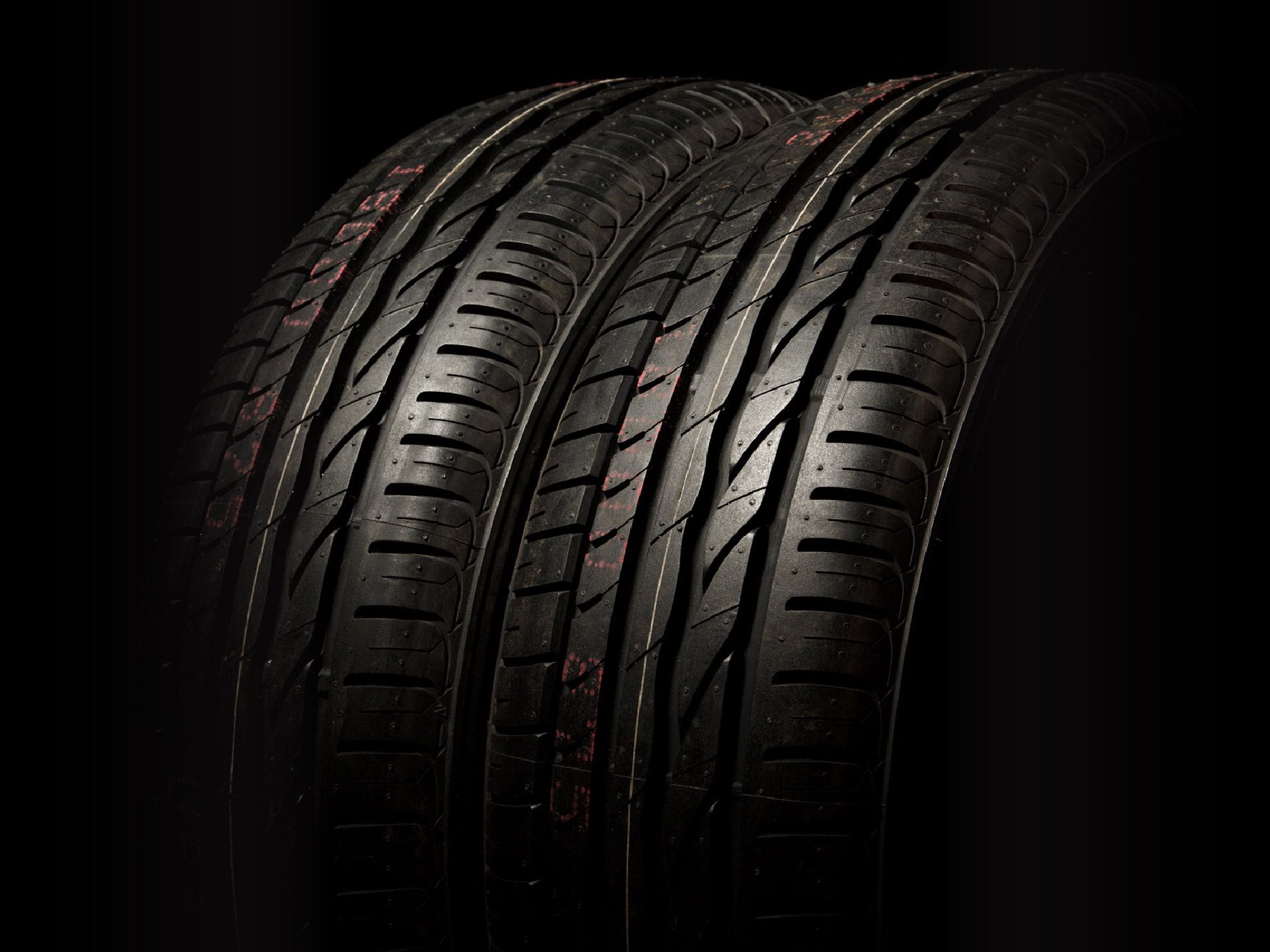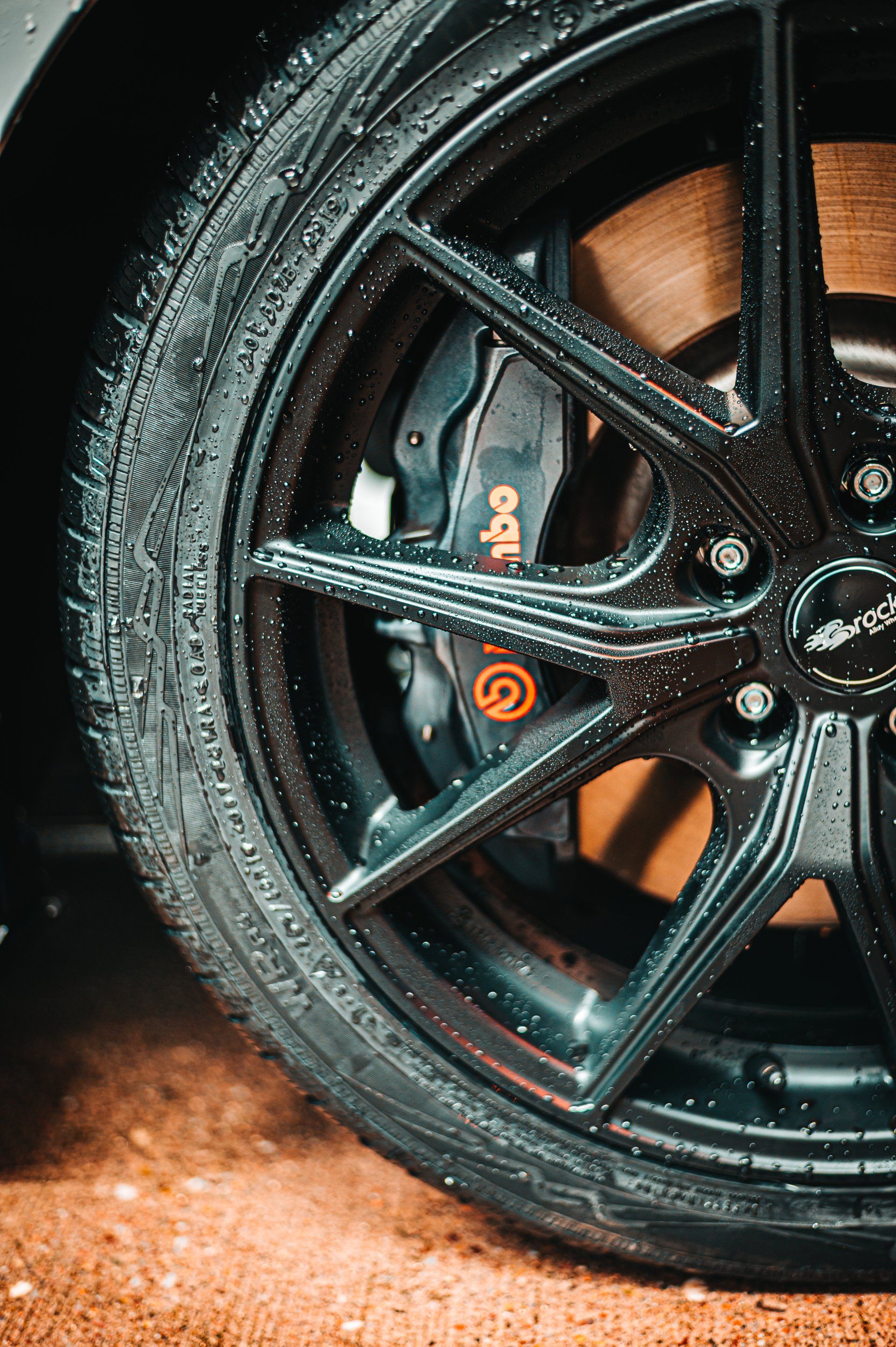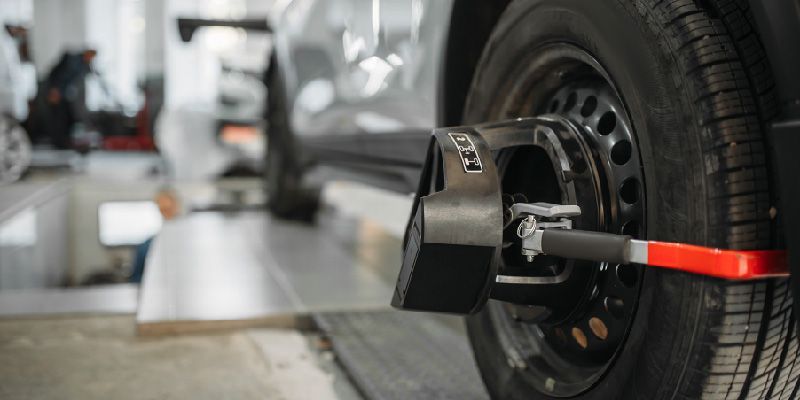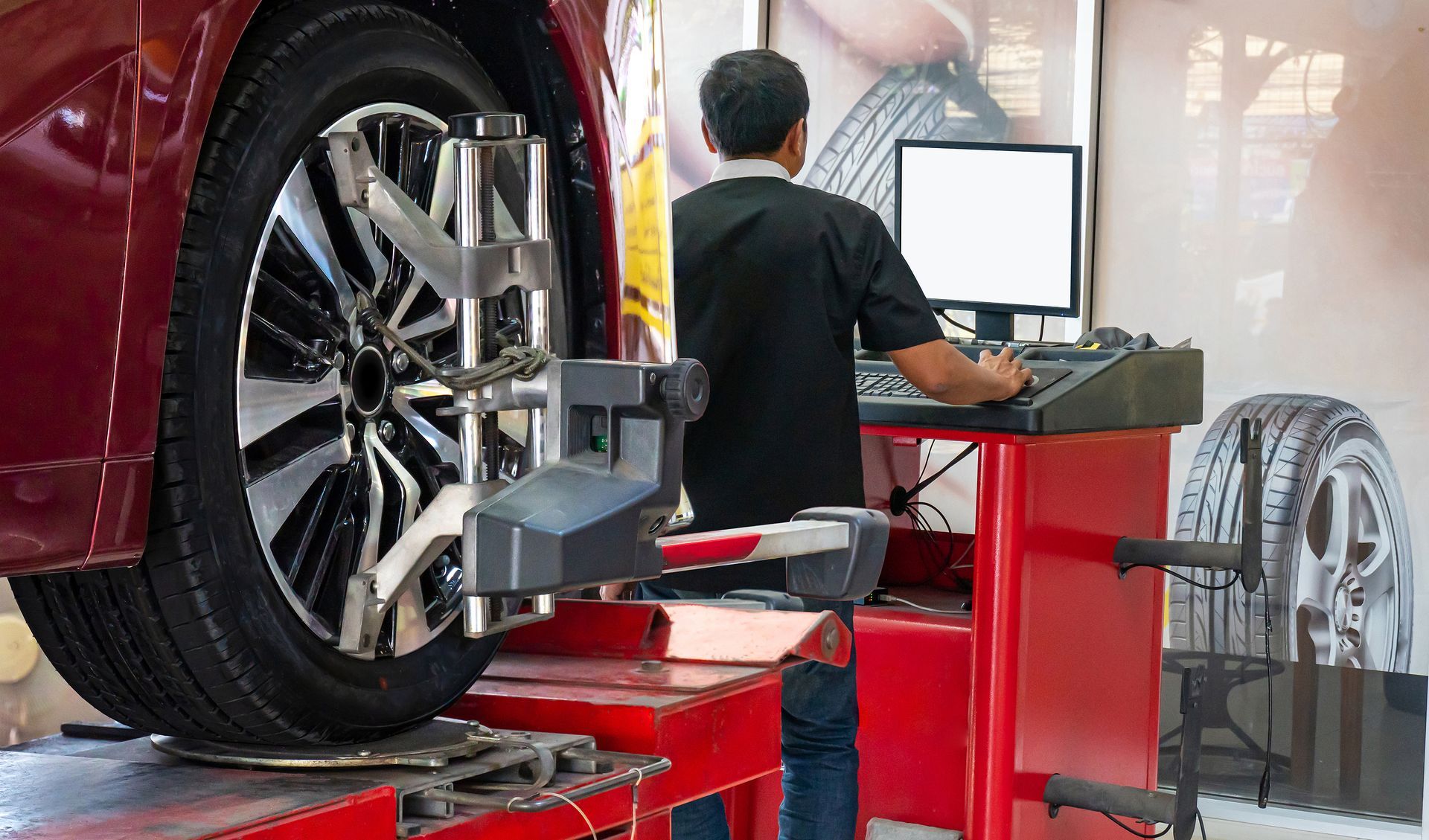Choosing the right size wheel for your vehicle.

Choosing the right wheel size for your vehicle is crucial. It affects not only the aesthetics of your car but also its performance and safety.
Understanding the basics of wheel size, including tire diameter, wheel diameter, rim size, and tire size, can seem daunting. But it doesn't have to be.
In this guide, we'll walk you through the process of selecting the appropriate wheel size for your vehicle. We'll explain the key factors you need to consider and how they impact your vehicle's performance.
Whether you're an automotive enthusiast or just looking to replace your wheels, this guide will provide you with the knowledge you need.
Understanding Wheel Size Basics
When we talk about wheel size, we're referring to several measurements. These include the diameter of the wheel (rim), the width of the wheel, and the diameter of the tire.
The diameter of the wheel is the distance across the wheel, measured in inches. This is often the number you'll see when shopping for wheels. For example, a "20-inch wheel" has a diameter of 20 inches.
The width of the wheel is also important. It's the distance across the wheel from one side to the other, measured at the points where the tire seats.
The diameter of the tire, or tire diameter, is the height of the tire from the ground to the top of the tire. This measurement is also in inches.
Here are the key measurements to consider when understanding wheel size:
- Wheel Diameter
- Wheel Width
- Tire Diameter
Understanding these basics will help you make an informed decision when choosing a wheel size for your vehicle.
How to Read Wheel and Tire Size Information
The size of a wheel or tire is usually marked on the sidewall of the tire. This information is presented in a specific format that can be a bit confusing if you're not familiar with it.
Let's take an example: 225/45R17. Here, '225' is the width of the tire in millimeters. '45' is the aspect ratio, which is the height of the tire sidewall as a percentage of the tire width. 'R' stands for Radial, indicating the construction of the tire. '17' is the wheel diameter in inches, which is the size of the wheel that the tire is designed to fit.
In addition to the tire size, you may also see other markings on the tire. These can include the load index, speed rating, and information about the tire's performance characteristics.
Understanding how to read this information is crucial when selecting a new wheel or tire size for your vehicle.
The Impact of Wheel Diameter on Performance
The diameter of your wheel can significantly impact your vehicle's performance. Larger wheels can provide better handling and improved grip on the road.
However, they can also make the ride less comfortable. This is because larger wheels usually require lower-profile tires, which have less cushioning effect.
On the other hand, smaller wheels can offer a smoother ride. They typically use higher-profile tires, which can absorb more road imperfections. But, they may not handle as well as larger wheels, especially at higher speeds.
Choosing the right wheel diameter is a balance between comfort and performance.
Rim Size and Tire Compatibility
The rim size is a crucial factor when choosing a wheel for your vehicle. It must be compatible with the tire size you plan to use.
A mismatch between the rim and tire sizes can lead to safety issues. For instance, a tire mounted on a too-large or too-small rim can cause poor handling or even blowouts.
Always ensure that your tire size matches the rim size. This will ensure optimal performance and safety on the road.
Importance of Bolt Pattern and Offset
The bolt pattern and offset of a wheel are two critical factors to consider when choosing a wheel size. They ensure the wheel fits properly on your vehicle.
The bolt pattern refers to the number of lug holes in the wheel and the distance between them. It must match the vehicle's hub for the wheel to fit.
The offset, on the other hand, is the distance from the wheel's centerline to its mounting surface. It affects how far the wheel and tire protrude from the car body.
A wrong offset can lead to issues like tire rubbing against the vehicle body or suspension components. It can also affect the vehicle's handling.
Always check the manufacturer's specifications for the correct bolt pattern and offset for your vehicle. This will ensure a proper fit and safe operation.
Upgrading Wheels: Plus-Sizing and Its Effects
Plus-sizing is a popular method for upgrading wheels. It involves increasing the wheel diameter while maintaining the tire's overall diameter.
This upgrade can enhance the vehicle's appearance and improve handling. However, it's not without its drawbacks.
Larger wheels can negatively impact ride comfort and fuel efficiency. They can also put more strain on the vehicle's suspension components.
Before deciding on plus-sizing, consider these factors. It's crucial to strike a balance between aesthetics, performance, and practicality.
Maintaining Proper Wheel Balance and Alignment
When changing your wheel size, maintaining proper balance and alignment is crucial. These factors significantly affect your vehicle's handling and tire wear.
Wheel balance ensures that the tire and wheel spin smoothly at high speeds. An unbalanced wheel can cause vibrations, uneven tire wear, and strain on your vehicle's suspension.
Wheel alignment, on the other hand, involves adjusting the angles of your wheels. Misaligned wheels can lead to uneven tire wear and a vehicle that pulls to one side.
Always have your wheels professionally balanced and aligned after installing new wheels. This ensures optimal performance and longevity of your tires.
Legal and Safety Considerations When Changing Wheel Size
Before changing your wheel size, it's important to consider legal and safety implications. Different regions have different regulations regarding wheel modifications.
For instance, some areas may limit how much larger or smaller your new wheels can be compared to the original equipment. Always check local laws to ensure your modifications are legal.
Safety should be your top priority. Incorrect wheel size can affect your vehicle's handling, braking, and stability control systems. Always consult with a professional before making changes to your wheel size.
Lastly, remember that changes to wheel size could potentially affect your vehicle's warranty and insurance coverage. Always check with your provider before making modifications.
Conclusion: Making an Informed Wheel Size Decision
Choosing the right wheel size for your vehicle is a crucial decision. It impacts not only the aesthetics of your vehicle but also its performance, safety, and legality.
Remember to consider all the factors discussed in this guide. Consult with professionals, and make an informed decision that suits your needs and preferences.









